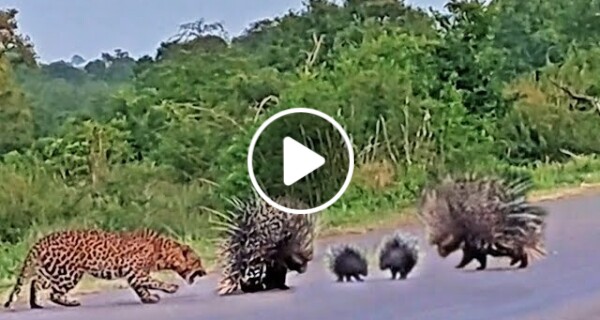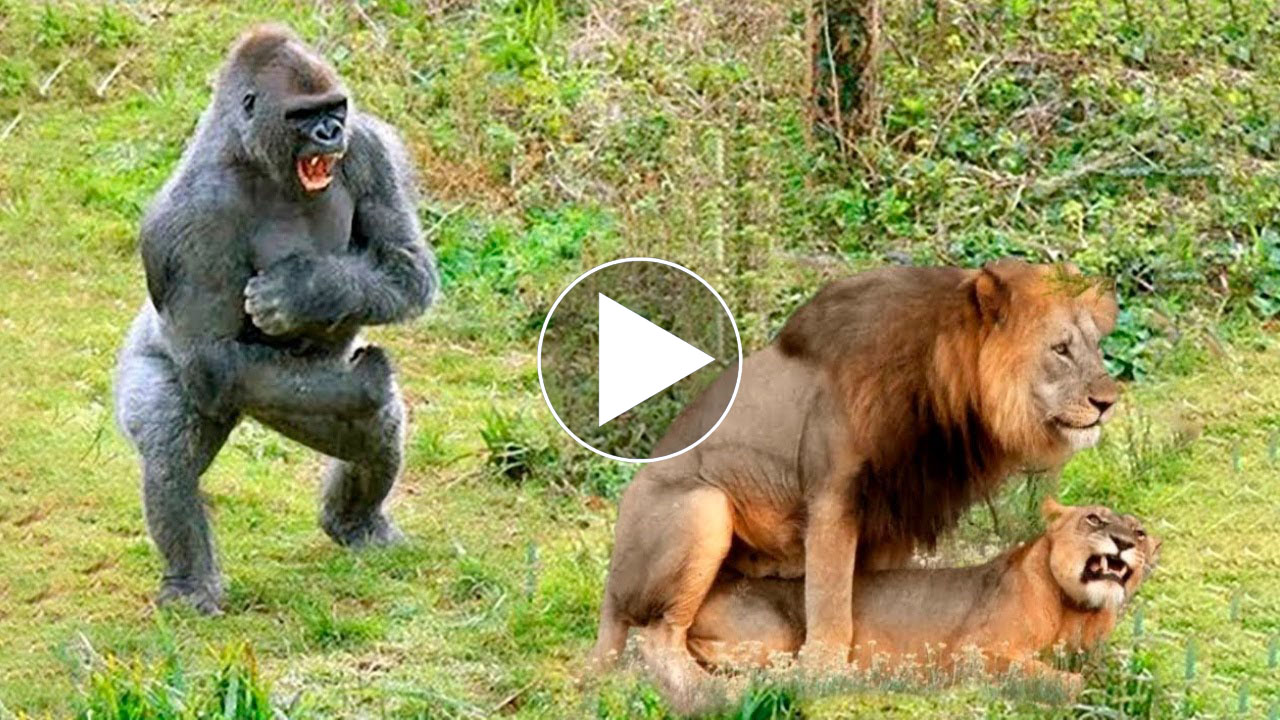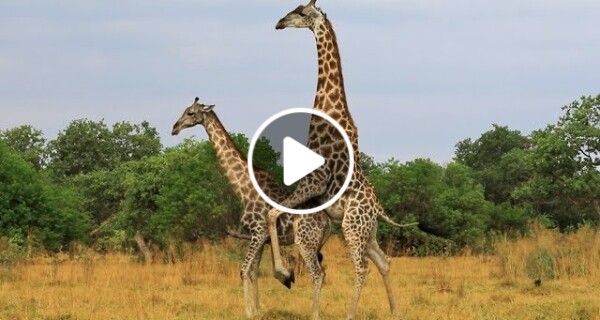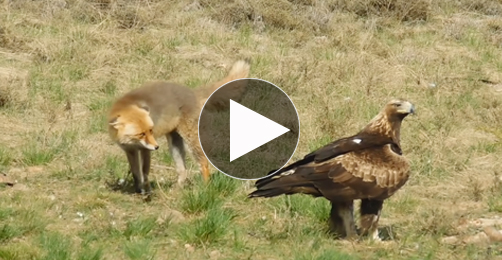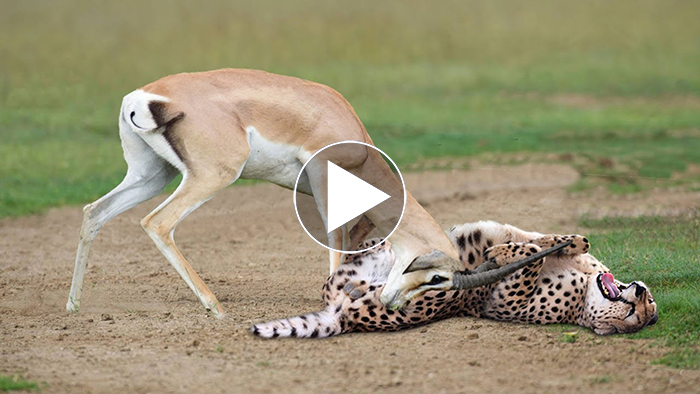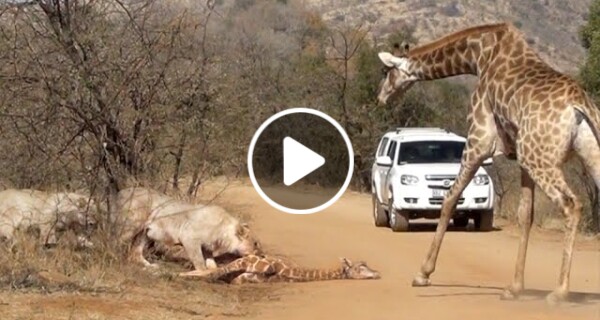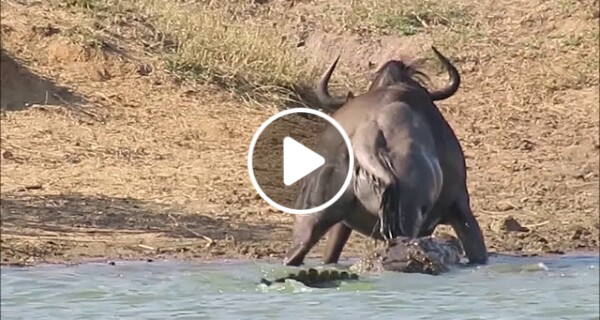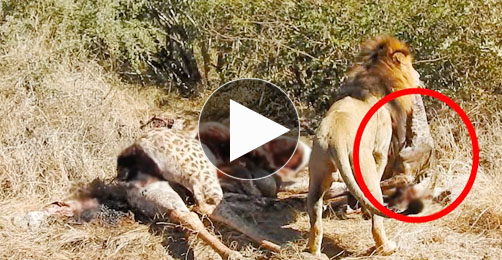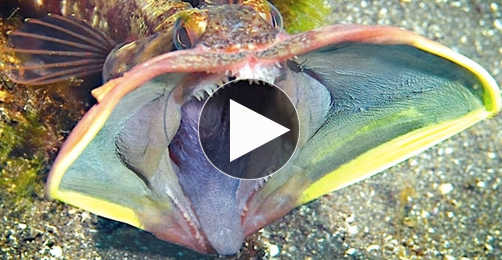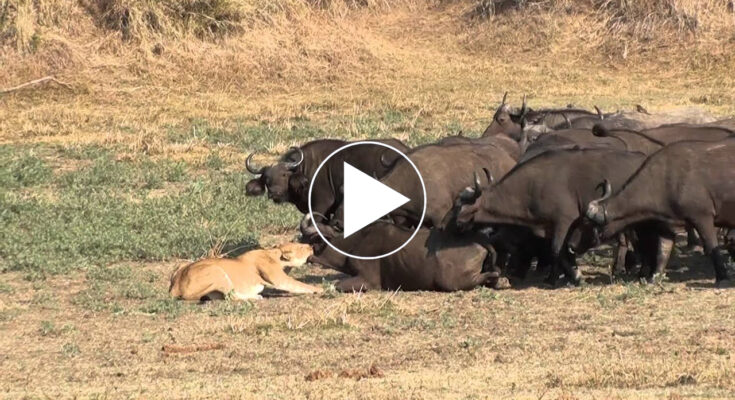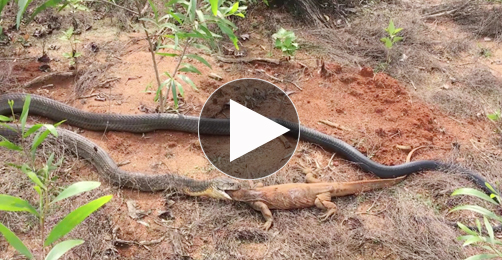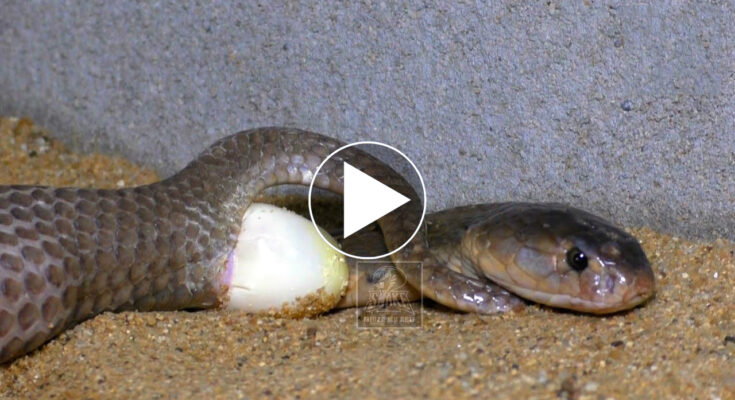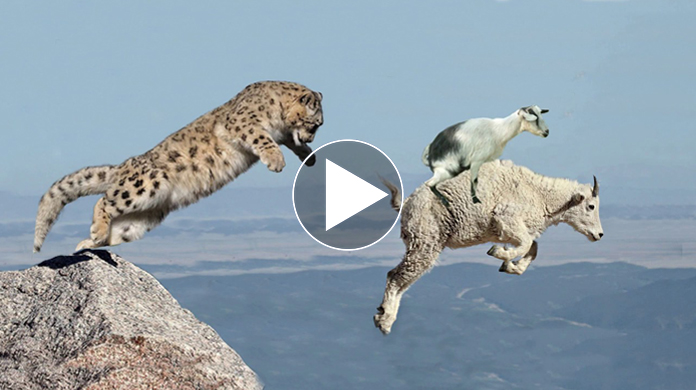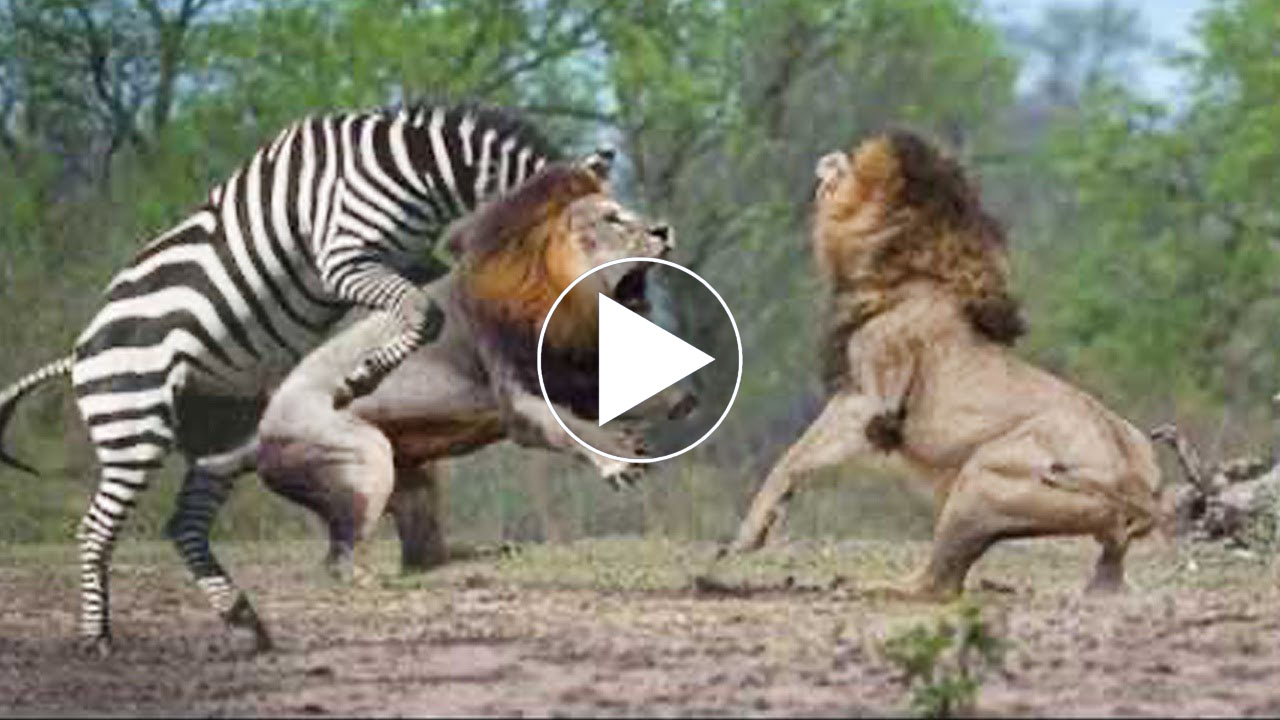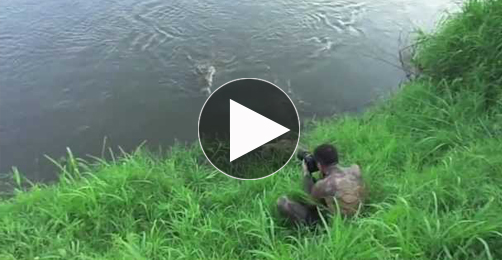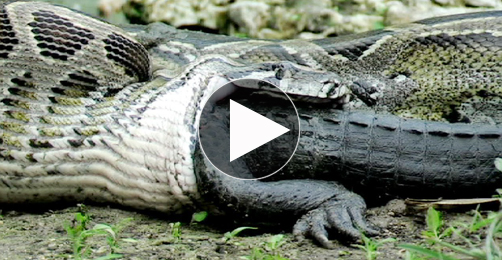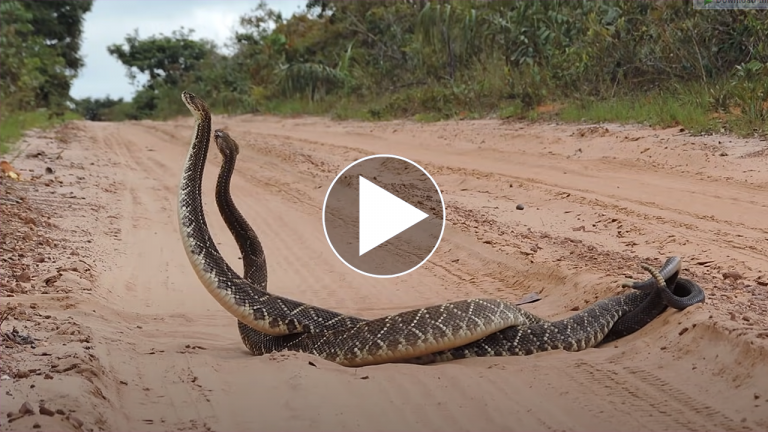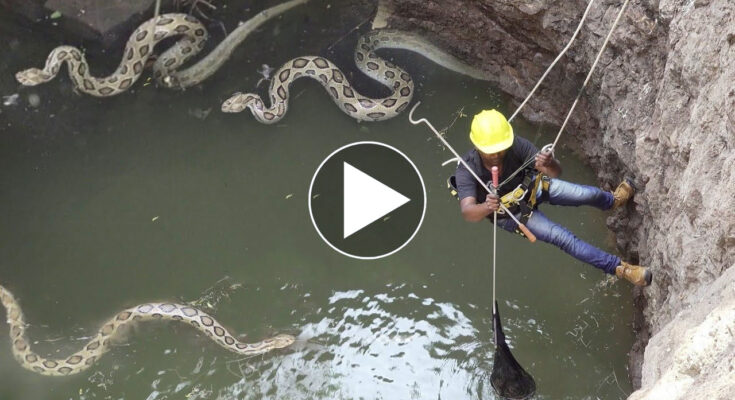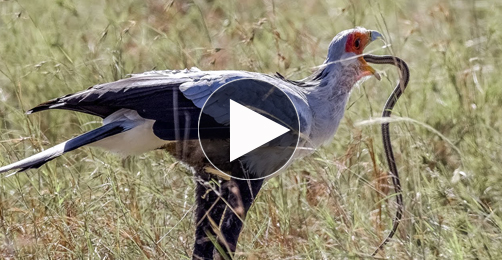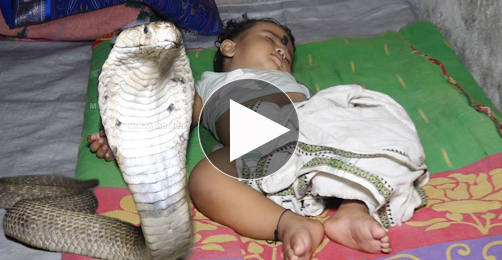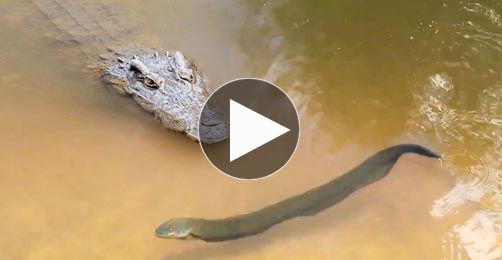1. In the wild, porcupine parents exhibit remarkable protective instincts when it comes to safeguarding their young from potential threats, particularly from predators such as leopards. These formidable animals, known for their sharp quills, are not only adept at defending themselves but also demonstrate a strong commitment to the safety of their offspring. When a leopard is spotted in the vicinity, porcupine parents quickly spring into action, utilizing their natural defenses and strategic positioning to create a barrier between their babies and the approaching danger.
2. The relationship between porcupine parents and their young is characterized by a profound sense of vigilance and care. As leopards are stealthy hunters, the porcupine parents remain alert, constantly scanning their surroundings for any signs of danger. When a threat is detected, they instinctively gather their babies close, using their quills as a formidable shield. This instinctual behavior not only protects the young from immediate harm but also teaches them essential survival skills that will be crucial as they grow older and face the challenges of the wild.
3. The dynamic of predator and prey in the animal kingdom is often a tale of survival, and porcupine parents exemplify this narrative through their protective behaviors. By instinctively positioning themselves between their young and potential threats like leopards, they ensure the safety and well-being of their offspring. This protective strategy not only highlights the porcupine’s resilience but also underscores the importance of parental care in the animal world, where the survival of the next generation often hinges on the actions of the adults.




Recommended Article For You
